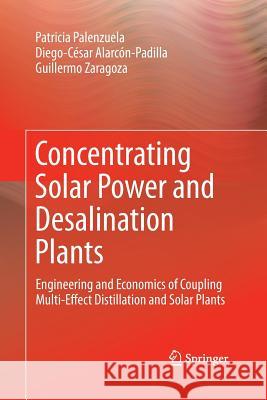Concentrating Solar Power and Desalination Plants: Engineering and Economics of Coupling Multi-Effect Distillation and Solar Plants » książka
topmenu
Concentrating Solar Power and Desalination Plants: Engineering and Economics of Coupling Multi-Effect Distillation and Solar Plants
ISBN-13: 9783319354743 / Angielski / Miękka / 2016 / 172 str.
Concentrating Solar Power and Desalination Plants: Engineering and Economics of Coupling Multi-Effect Distillation and Solar Plants
ISBN-13: 9783319354743 / Angielski / Miękka / 2016 / 172 str.
cena 375,28
(netto: 357,41 VAT: 5%)
Najniższa cena z 30 dni: 360,27
(netto: 357,41 VAT: 5%)
Najniższa cena z 30 dni: 360,27
Termin realizacji zamówienia:
ok. 22 dni roboczych
Dostawa w 2026 r.
ok. 22 dni roboczych
Dostawa w 2026 r.
Darmowa dostawa!
Kategorie:
Kategorie BISAC:
Wydawca:
Springer
Język:
Angielski
ISBN-13:
9783319354743
Rok wydania:
2016
Wydanie:
Softcover Repri
Ilość stron:
172
Waga:
0.26 kg
Wymiary:
23.39 x 15.6 x 0.99
Oprawa:
Miękka
Wolumenów:
01











